Mastitis
Herzl Family Practice Centre, Goldfarb Breastfeeding Clinic Patient handout
Definition:
- Mastitis is an inflammation of the breast, which can often lead to an infection.
Risk factors:
- Any change in feeding:
- Baby is suddenly refusing the breast, or is on a “nursing strike”.
- Baby is sleeping for longer periods of time.
- Baby is using a bottle or pacifier.
- Baby has been suddenly or rapidly weaned.
- Mom and baby are separated because of schedule changes like a return to work/school, or vacations/trips.
- Any situation where the breasts are not completely drained, such as:
- A lot of milk.
- A poor latch.
- Baby falls asleep before completely emptying the breast.
- A breast pump that does not work well.
- A blocked duct that is not properly treated.
- Cracked or bleeding nipples.
- A badly-fitted or tight bra/clothes.
- Pressure on the breast, like from a tight seatbelt or handbag.
- Certain medical conditions like diabetes and anemia.
- Poor nutrition, extreme fatigue or stress.
- Past history of engorgement, blocked ducts or mastitis.
You may have mastitis if you have:
- Fever, muscle aches and pains.
- Nausea, with or without vomiting.
- Chills or sweats.
- A swollen, painful, hard, red and hot area on the breast.
- The baby refusing to feed on the affected side → the milk may taste more salty.
It is important to see a doctor as soon as possible if you have any of the symptoms above.
Treatments:
- First of all, make sure your baby has a good latch and that you have no pain while nursing.
- Breastfeed often, on demand, without time restrictions, so as to completely drain the breasts. Even if you have an infection in the breast, feeding that milk to the baby is not dangerous, and is very much a part of the treatment.
- You can pump or manually express milk from the affected breast after feeds, so as to completely soften that breast.
- Point the baby’s chin or nose towards the infected area to help drain that part more completely.
- Massage the area while the baby feeds. This should be done with the fingertips or knuckles, from the outside towards the nipple.
- Cold compresses on the red area can help with swelling and pain.
- Make sure to eat and drink well and often.
- Wear a well-fitted bra that is not too tight, or no bra if that is more comfortable.
The information contained in this patient handout is a suggestion only, and is not a substitute for consultation with a health professional or lactation specialist. This handout is the property of the author(s) and the Goldfarb Breastfeeding Clinic. No part of this handout can be changed or modified without permission from the author and the Goldfarb Breastfeeding Clinic. This handout may be copied and distributed without further permission on the condition that it is not used in any context in which the International Code for the Marketing of Breastmilk Substitutes is violated. For more information, please contact the Goldfarb Breastfeeding Clinic, Herzl Family Practice Centre, SMBD Jewish General Hospital, Montreal, Quebec, Canada. © 2009
